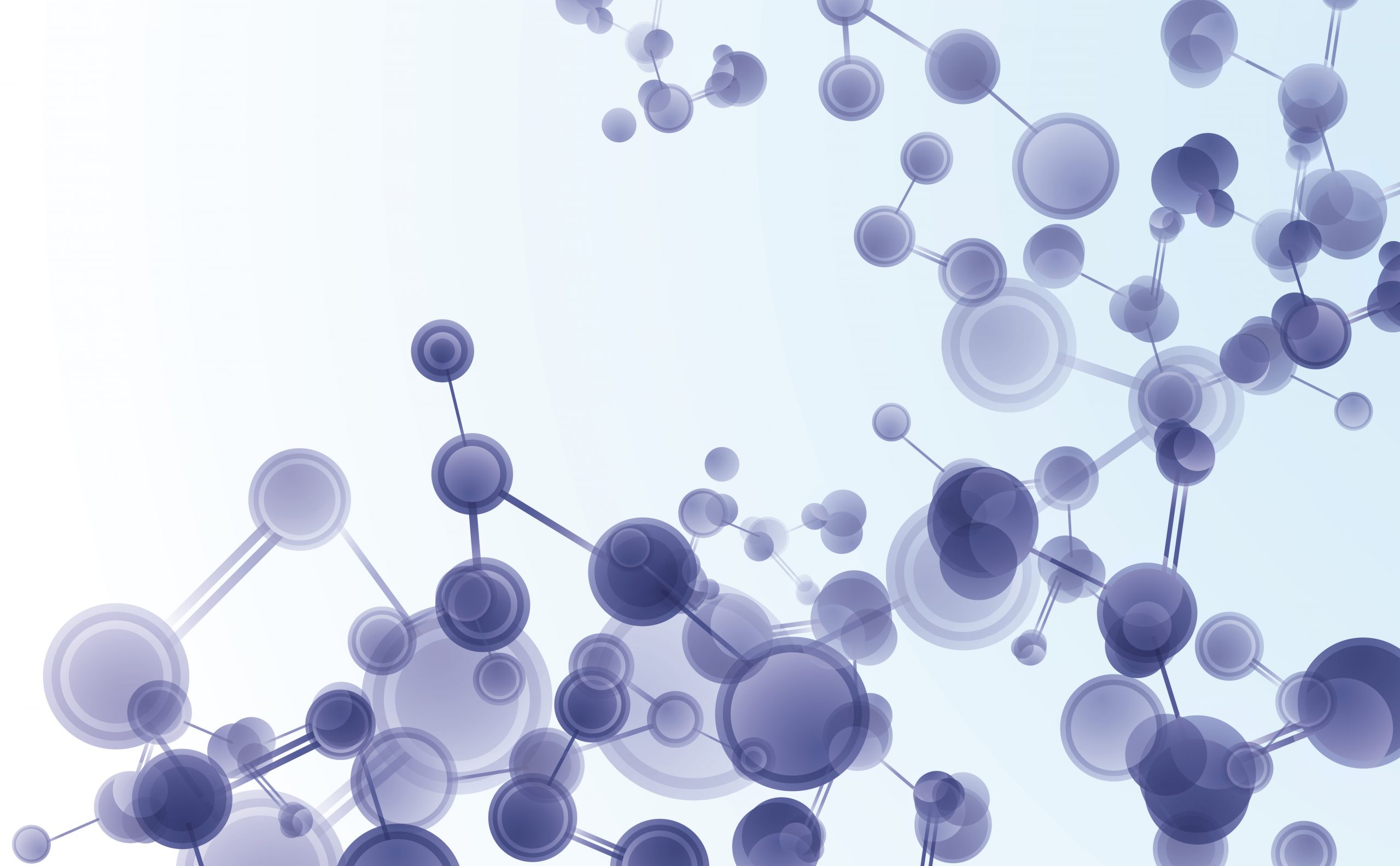On 25 October 2017, Feng Zhang’s team at MIT (Massachusetts Institute of Technology) publicised their work aimed at modifying RNA without affecting cell DNA using a molecular tool called REPAIR, based on the CRISPR Cas 13 enzyme[1].
“Genes are expressed by the transcription of DNA into RNA, which, in turn, is translated into protein with various tasks”. DNA and RNA are composed of bases, the only difference being that RNA is formed from a single strand. CRISPR-Cas 9, which was discovered a few years ago, allows “genes to be fixed, cut or added at a precise selected location in the DNA”. The new REPAIR tool is used to edit RNA and thus modify “gene products without changing the genome”. It comprises the CRISPR Cas 13 enzyme combined with another protein.
REPAIR offers “several advantages, which supplement CRISPR Cas9“: this technique does not affect DNA and correction is therefore reversible. Moreover, “modified RNA is ultimately decomposed after a certain length of time. The changes are temporary”. This capacity allows the treatment of transient diseases, such as local inflammation, to be considered. Last but not least, the precision of REPAIR “is such that it can modify the letters (nucleosides) in the targeted RNA sequence (equivalents of DNA ATGC) and specifically transform As into Is – an inversion known to cause various human genetic disorders such as Parkinson’s disease or focal epilepsy”. REPAIR has only triggered “very few” adverse mutations in experiments conducted to date including attempts to correct the mutation responsible for Fanconi anaemia.
For Jean-Louis Mandel, geneticist and scientist at CNRS (French National Centre for Scientific Research), “we are tinkering around, testing out new enzymes. In short, we are gradually creating a genetic tool kit but we don’t really know at the moment what we will be able to do with it”.
Feng Zhang, the Broad Institute[2] and MIT “are planning to extend access to the REPAIR system by making it available free of charge for academic research”. At present, they want to develop “additional tools, which would modify RNA nucleosides other than As into I”.
[1] RNA Editing for Programmable A to I Replacement.
[2] Genetics Centre linked to Harvard and MIT.
Sciences et avenir, Camille Gaubert (25/10/2017); Huffington post (25/10/2017)

